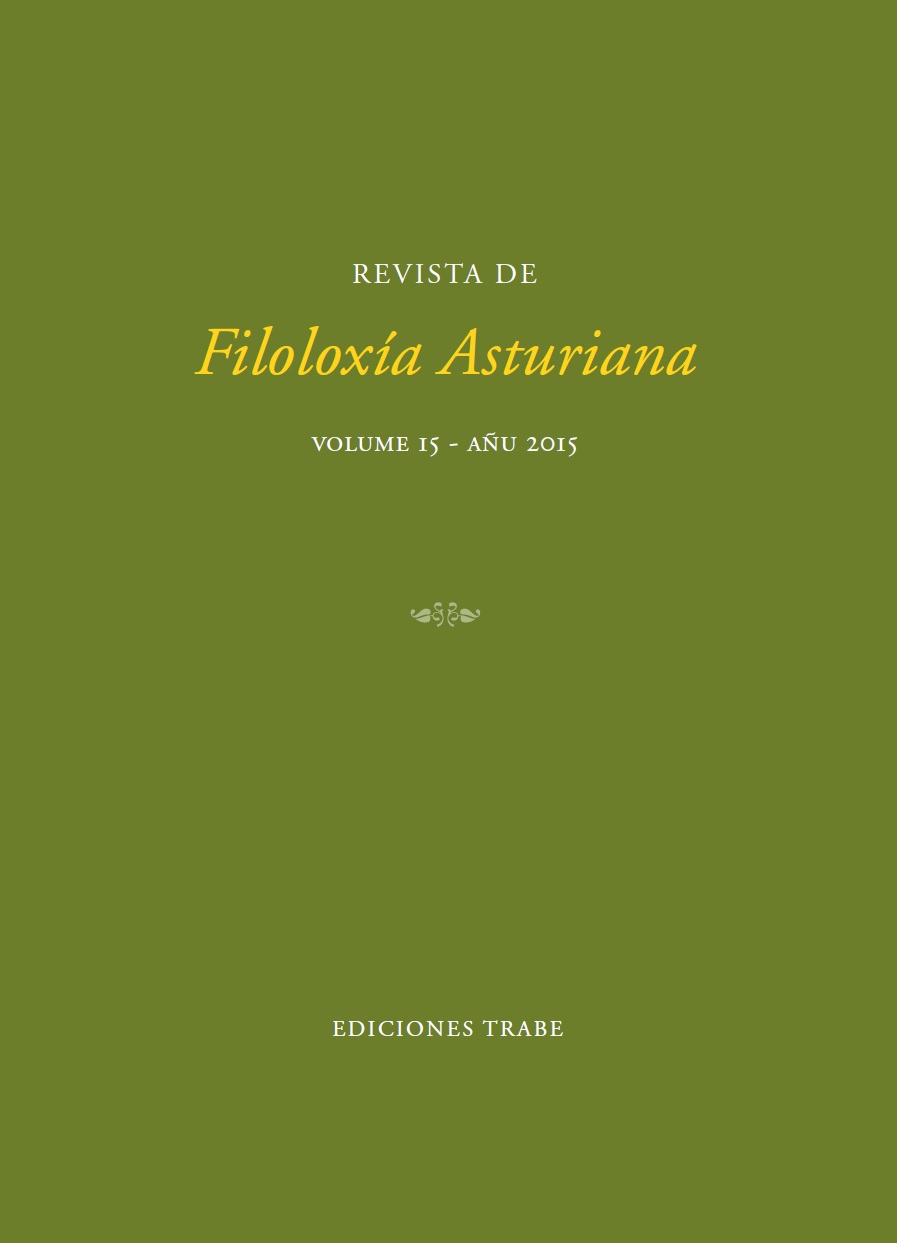Resumen
L’Asturianu espón un patrón de concordancia colos sustantivos non cuntablesque nun s’atopa nel castellanu estándar; sicasí, puede atopase esti fenómenu nel
castellanu faláu n’Asturies. Nesti trabayu, propongo un analís del trazu «noncuntable
» con un marcu lexicalizáu, basáu nun mecanismu d’unificación según
el modelu de la Head-driven Phrase Structure Grammar (HPSG). La ventaya
d’esti marcu ye que nos dexa dixebrar la concordancia morfosintáctica (glotolóxica)
de la concordancia semántica (referencial). Ya que’l trazu «non-cuntable» ye
semánticu, propongo añedir el trazu contabilidá (coun) a la categoría de index
(índiz) onde moren los trazos semánticos. El valor d’esti trazu puede ser cuntable
o non. La concordancia prenominal n’asturianu fórmase al traviés d’unificar los
valores de dos elementos na categoría de concord, onde moren los trazos morfosintácticos.
Desque coun nun ye un trazu de concord, nuesu marcu presume
correutamente que’l trazu nun puede espresase nes posiciones prenominales. La
concordancia pos-nominal faise al traviés de los valores nel index. Asina, el valor
de coun puede espresase nes posiciones pos-nominales. Amás, esti analís presume
correutamente que nos casos d’un nominal nulu, tolos elementos nel sintagma
nominal esponen la concordancia continua dende que nun hai una estructura esplícita
de concord pa compartir nestes estructures. A lo último, esti tratamientu
del fenómenu déxanos esplicar el patrón d’interferencia que vemos con esti trazu
ente l’asturianu y el castellanu.
Asturian exhibits a unique agreement pattern with mass nouns that is not
found in Standard Spanish; however, this phenomenon can found in Spanish
spoken in Asturias. In this investigation I propose an analysis of the mass feature
using a lexicalized, unification-based approach based on the Head-driven Phrase
Structure Grammar (HPGS). The advantage of this approach is that it allows us
to separate morphosyntactic (grammatical) and semantic (referential) agreement.
Since mass is a semantic concept, I propose the addition of the feature countability
(coun) to the index, where semantic features reside. This feature’s values can be
either countable or non. Prenominal agreement in Asturian is formed by unifying
two elements’ values in concord, where morphosyntactic features reside. Seeing
that coun is not a feature of concord, this correctly predicts this feature cannot
be expressed in prenominal positions. Postnominal agreement is formed through
the values in index. This allows the value of coun to be expressed in postnominal
positions. Additionally, this analysis correctly predicts that in cases of an elided
mass noun, all elements in the NP exhibit mass agreement, as there is no explicit
concord structure which can be shared. Finally, this treatment of mass agreement
allows us to account for the patterns of interference we see with this feature between
Asturian and Spanish.
Descargas
Los datos de descargas todavía no están disponibles.

